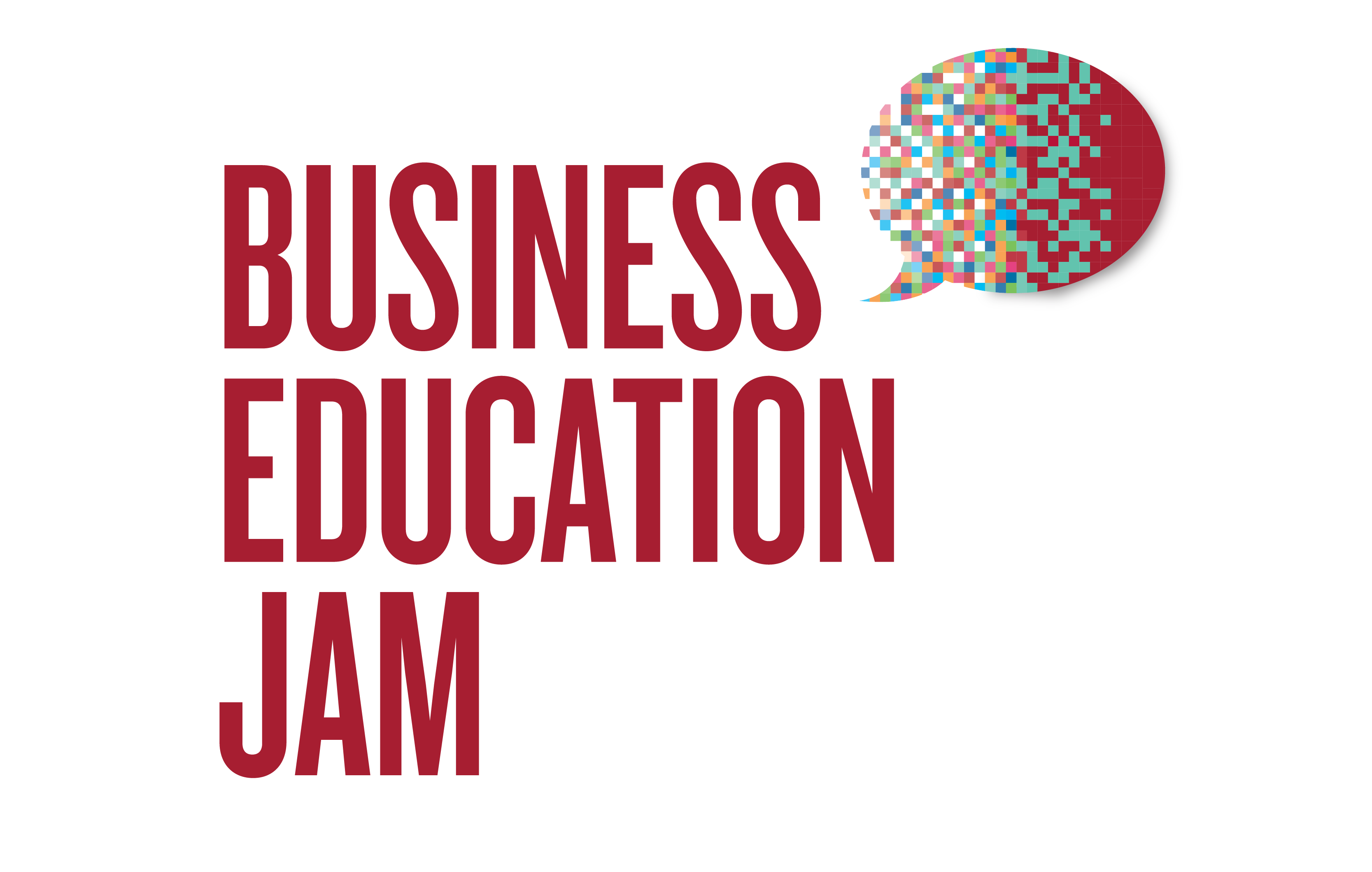Desgining the Business Education Jam: Global Conversations
Since the Business Education Jam took place in late 2014, business education has only faced additional challenges – enrolment pressures are forcing program changes, MBA program closures have taken place, alternative education platforms are gaining in reputation and participants, and the skills required by employers are increasingly disconnected from traditional business education.
To drive forward a deeper conversation on solving these challenges – and bring in the critical viewpoints of regions from across the world – required a new type of comprehensive dialogue that recognizes the critical regional challenges the global economy is facing. In particular, the first Jam was under-represented of posted ideas from parts of the world including Asia, Africa, and Latin America.
A new platform For Reimagining Business Education was then created – Business Education Jam: Global Conversations. This new effort reached a truly global scale by partnering with schools to directly engage with industry and public policy leaders in distinctive regions of the world, advancing new ideas and insights, and subsequently bringing those ideas together in a global symposium.
These global dialogues were uniquely designed to mirror regional needs, culture, and resource. Each included development and engagement of pre-event content to inform dialogue and spark ideas, and was distributed across platforms and social media. Then, a regional symposium was held with key regional stakeholders in management education, where groups came together to tackle critical issues and recommend solutions. With the continued support of AACSB, EFMD, and GMAC, these global conversations created unprecedented understanding of the critical challenges, commonalities, and differences in business education globally. These findings will come together in a global symposium in Boston on November 11-12, 2019.
Methodology
Each of the global conversations are designed to allow regional variation in how participants may engage. For example, in Africa YouTube Video was leveraged, in Latin America Facebook was strongly used, and in China WebEx was leveraged to allow broader participation.
Common across nearly all of the global conversations were the following elements:
1: Development and posting of pre-content to inform the dialogue. A brief overview was released publicly to set the stage for understanding the regional context of business education and lead to early reaction/feedback and development of key themes. This context was developed in collaboration with the host school and other regional participants.
2: Pre-content was then distributed virtually through social media or other relevant platform. The goal was to inform, debate, and spark reaction leading into the on-site symposium. In some cases, added elements such as video comments from deans and other key stakeholders were included.
3: An on-site brainstorm was held with key stakeholders in management education. Typically lasting 3-4 hours, the events included table conversations where teams advanced dialogue and proposed potential solutions to the key themes and challenges. The event was often is streamed live online for virtual feedback, and some included VIP/expert panelists as part of the dialogue.
4: The findings of the global dialogue are subsequently promoted through the Jam network, partners, and inform the global symposium to be held in November 2019 in Boston.

